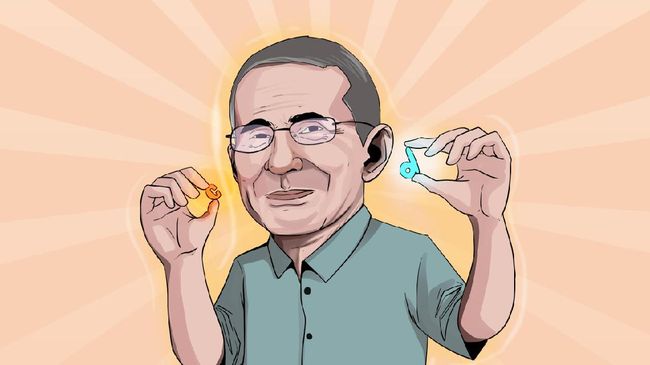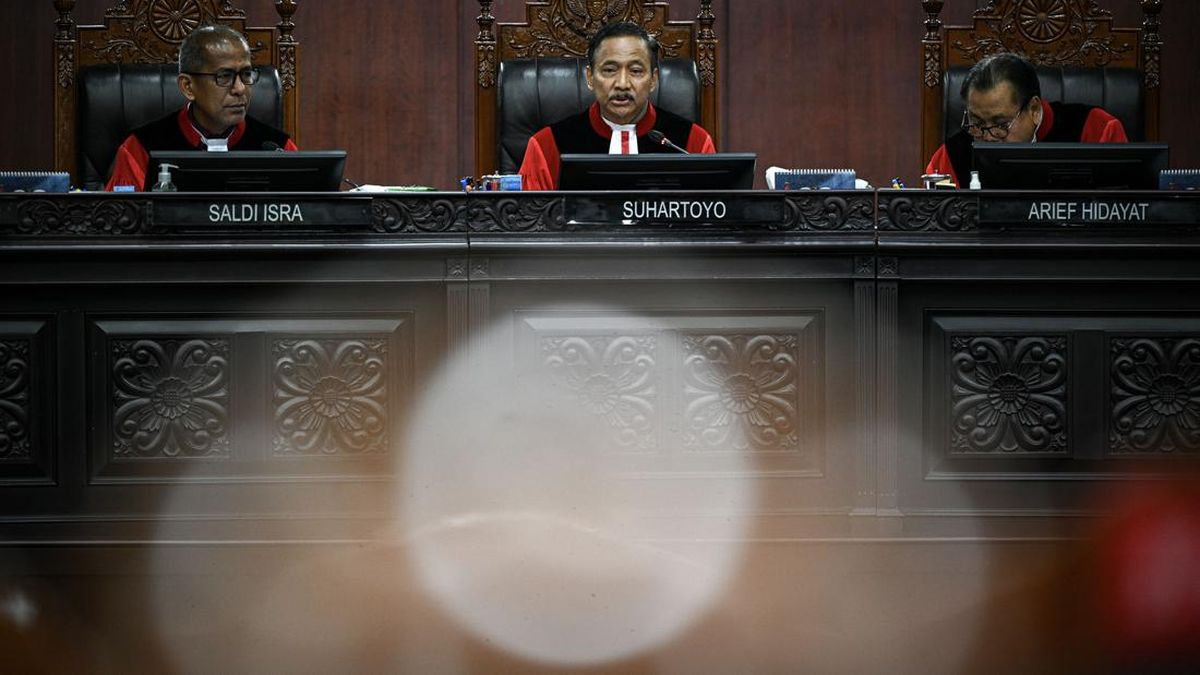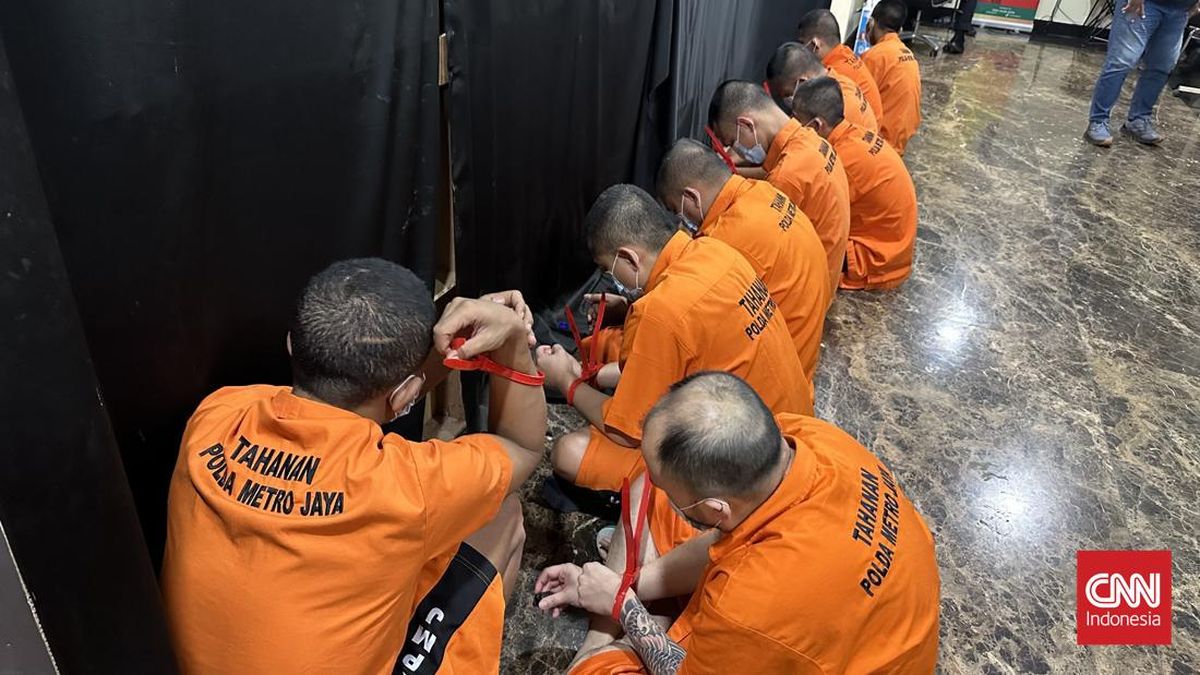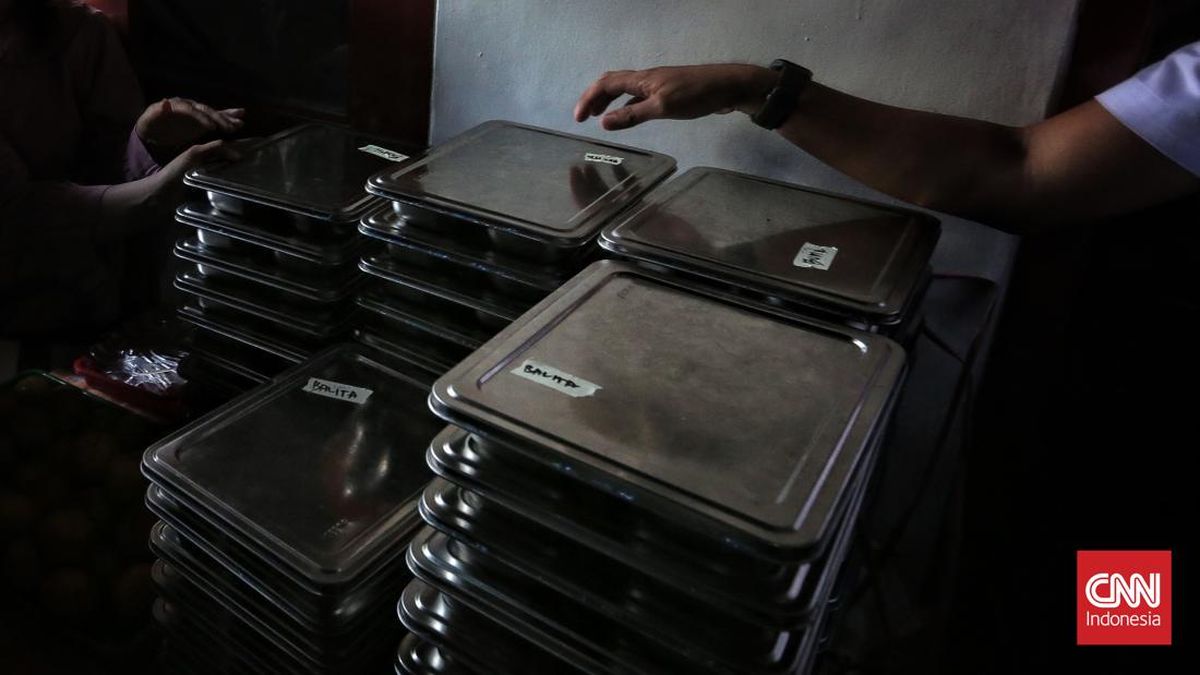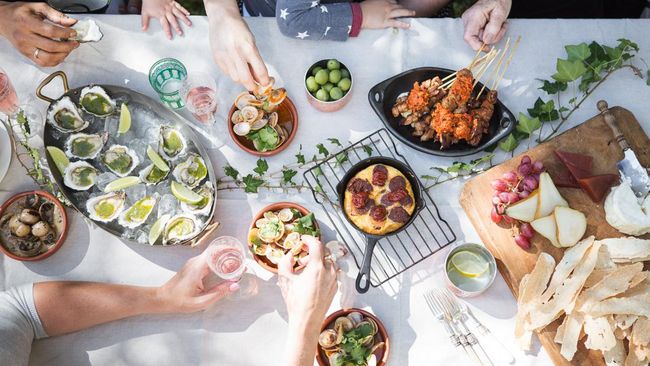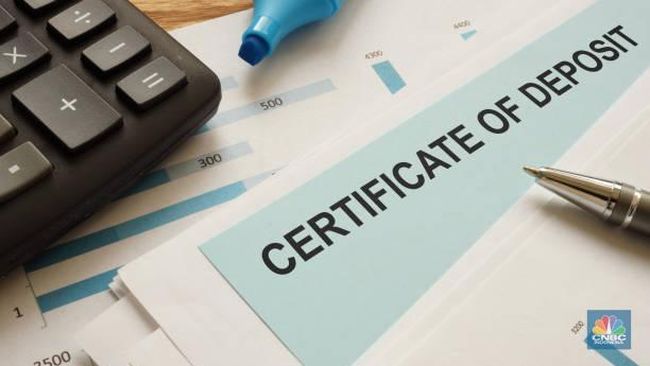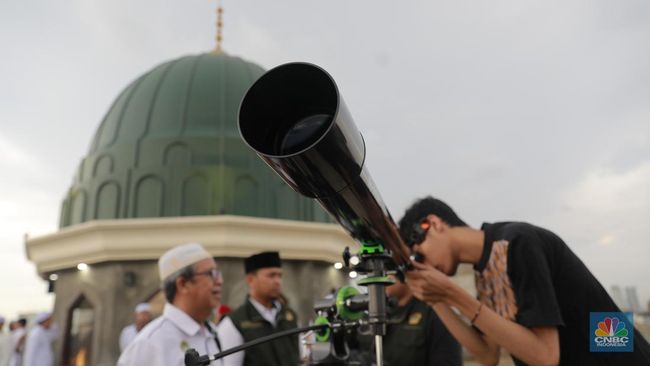When you search for self-cleaning water bottles, two brands pop up everywhere: LARQ and Sans. Self-cleaning water bottles primarily use UV-C light to purify water, removing at least 99.9% of bio-contaminants like salmonella, E. coli and staphylococcus. And some self-cleaning water bottles offer additional features like filtered straws and hydration tracking. To find out which is the best, I tested both Sans and LARQ’s self-cleaning water bottles for several weeks and performed an informal water taste test against tap water and water filtered by a Brita pitcher.
- I Conducted a Taste Test to Find the Best Self-Cleaning Water Bottles in 2025
- What’s the best self-cleaning water bottle overall?
- Recent updates
- Best self-cleaning water bottles of 2025
- Best self-cleaning water bottle overall
- Best self-cleaning water bottle for warranty and return policy
- Best self-cleaning water bottles compared
- How do self-cleaning water bottles work?
- How we tested self-cleaning water bottles
- Factors to consider in a self-cleaning water bottle
- How to clean a self-cleaning water bottle
- Self-cleaning water bottle safety
What’s the best self-cleaning water bottle overall?
The best self-cleaning water bottle overall is the LARQ Bottle PureVis 2. While it’s pricey at $109, this water bottle offers two stages of purification: UV-C LED and a filtered straw. When taste-tested against the Sans Self-Cleaning Water Bottle, tap water and Brita-filtered water, the water from the LARQ Bottle PureVis 2 tasted the cleanest -- especially after a 3-minute purification cycle on “Adventure Mode.”
As for other features, I enjoyed tracking my hydration with this bottle and found that the app provides interesting insights, like how much money you’ve saved on bottled water and your reduced carbon footprint.
Recent updates
June 7, 2025: After new testing, the previous LARQ Bottle PureVis and CrazyCap bottles were removed and replaced by the LARQ Bottle PureVis 2 and the Sans Self-Cleaning Water Bottle.
Best self-cleaning water bottles of 2025
Pros
- Tracks your hydration via app
- Offers two levels of purification
- Easy to take apart and clean with bottle and straw brushes
- Has 2 UV-C LED modes
- Comes in two sizes, 23oz and 34oz
- Available in 4 colors
- Uses flashing light for hydration reminders
Cons
- The 34oz bottle may not fit in your car’s cup holders
- The straw can be difficult to attach to the lid
- Costs over $100
- Free returns within 30 days are only for unused products
- 1-year limited warranty is less than Sans' warranty
Why we like it: The LARQ Bottle PureVis 2 offers two stages of water purification: UV-C LED and a filtered straw that utilizes Nano Zero filtration with activated carbon. Unlike traditional UV-C technology, UV-C LED doesn't use mercury to power its rays. For this, you can use two modes: normal (1 minute) and adventure (3 minutes), to remove 99.999% of salmonella and 99.99% of E. coli. The bottle’s self-cleaning mode automatically activates every two hours for 10 seconds. When in normal mode, the cap will display a breathing sky blue light, while adventure mode shows a pulsing blue light.
Both the LARQ Essential Bottle Filter and Advanced Bottle Filter have been tested to meet the National Sanitation Foundation and American National Standards Institute standards. They remove pharmaceuticals, chlorine, PFOS (a synthetic chemical used to make products resistant to grease, stains, water and soil) and PFOA (which has the same properties as PFOS, as both are widely used, long-lasting, human-made chemicals called PFAs). The Advanced Bottle Filter costs about $13 more and also removes heavy metals like lead and particulates that meet NSF/ANSI 42, 53 & 401 standards. Both filters need to be replaced about every two months.
Made of food-grade stainless steel and BPA-free plastic (the cap), the PureVis 2 also offers double-wall insulation to keep water cold for up to 24 hours, a detachable handle, app connectivity and hydration tracking. The battery lasts for two to three weeks, and a USB-C cord is included.
Who is it best for: The LARQ Bottle PureVis 2 is best for someone who wants two levels of purification for their water, the filtered straw and UV-C LED, or two modes, normal and adventure. The modes are easily accessed by pressing a button once or twice on the bottle’s cap. Plus, this bottle connects to an app that helps you determine how much water you should drink each day. It also lets you track your hydration, how much you’ve saved on bottled water and your reduced carbon footprint. And you can monitor reduced plastic waste, filter performance, filter age and battery power, too. It can pair with Apple Health and you can even set up hydration reminders to make the bottle’s cap flash a white light.
According to LARQ, this water bottle can also be used in the backcountry or on hikes with clear running water from rivers, streams or waterfalls far away from vegetation and with no sediment. For this, you would remove the filtered straw, use Adventure Mode, put the straw back in and then drink.
Who should not get it: This bottle is pricey at $109, so if that’s outside your budget, then this wouldn’t be the right self-cleaning water bottle for you. Also, if you're looking for UV-C purification and don’t want the filter straw, the Sans water bottle might be a better choice.
You also can’t use hot water above 90ºF in the PureVis 2, as it could fog up the sensors and interfere with tracking. If the liquid inside the bottle is too hot, the bottle’s cap will flash a pulsing orange light. LARQ also states that refrigerating or freezing the bottle is not recommended or necessary.
Pros
- Under $100
- Has a 30-day free home trial period
- Offers a 5-year full warranty
- 17oz size fits in most car cupholders
- BPA-free
Cons
- Only has one purification mode (3 minutes)
- Comes in one size (17oz)
- Only available in two colors
- Touch display shows fingerprints easily
Why we like it: The Sans Self-Cleaning Water Bottle utilizes an LED bulb for UV-C light that eliminates up to 99.9% of bio-contaminants like E.coli and staphylococcus in a three-minute cycle. This is the bottle’s only mode, and it can be turned on by double-tapping the bottle’s display on the top of its cap. During the cycle, the bottle’s cap -- made of food-grade PP (polypropylene plastic), PC (polycarbonate plastic) and silica gel -- will display a spinning white light and a solid blue circle once complete.
The brand states that its water bottle should be filled with water that appears clear to the eye and doesn’t contain sediment.
The bottle is made of food-grade, BPA-free stainless steel, comes in two colors (black and white) and one size: 17oz. It also has a silicone carry loop and its double-wall vacuum insulation keeps your water hot (up to 90ºF, the same as LARQ) for 12 hours and cold for 24 hours. The battery lasts for 30 days on standby and 10 days with regular use (two to three purification cycles per day). A USB-C cord is included.
Who is it best for: Sans might be the right choice if you want a self-cleaning water bottle with only UV-C technology that can easily fit in a car cup holder and that’s under $100. Sans also has a better warranty and return policy than LARQ. With this bottle, you get a risk-free, 30-day free home trial period and a five-year full warranty.
Who should not get it: If you’re looking for additional features like hydration tracking and a filtered straw, LARQ is the better choice. In addition, the Sans water bottle doesn’t mention that it underwent third-party testing like LARQ. Sans also only has one mode, for which three minutes are needed to eliminate the aforementioned bio-contaminates, while LARQ states that its previously mentioned bio-contaminants can be eliminated in a 60-second cycle, its “normal mode.”
If you prefer a button instead of a touch display to enable your bottle’s self-cleaning modes, LARQ is also the better choice. Since the Sans water bottle has a black display, fingerprints show up more easily.
Best self-cleaning water bottles compared
| Cleaning type | Volume | Size | Material | Features | Colors | Battery life | Price | Return policy | Warranty |
| UV-C LED, removable filter straw | 23oz, 34oz | 23oz: 10" x 2.9"; 34oz: 11.3" x 3.3" | Food-grade stainless steel, BPA-free plastic (cap) | Double-wall insulation for cold water up to 24 hours, BPA-free, detachable handle, app connectivity, hydration tracking | Black, white, beige, green | 2-3 weeks | $109 (23oz), $116 (34oz) | Free returns within 30 days for unused product | 1-year limited warranty |
| UV-C light purification | 17oz | 9.1" x 2.9" | Food-grade stainless steel; food-grade PP (polypropylene plastic), PC (polycarbonate plastic) and silica gel | Double-wall vacuum insulation keeps your water hot (up to 90ºF) for 12 hours and cold for 24 hours, silicone carry loop, BPA-free | White, black | 30 days on standby and 10 days with regular use (2-3 purification cycles per day) | $80 | Risk-free, 30-day free home trial period | 5-year full warranty |
Self-cleaning water bottles utilize UC-V lights to eliminate at least 99.9% of bio-contaminants like salmonella, E. coli and staphylococcus. This light does so for both the bottle’s interior and the water inside. Some self-cleaning water bottles, like the LARQ Bottle PureVis 2, also offer a removable filtered straw for removing PFOS, PFOA and chlorine. LARQ’s Advanced Bottle Filter can also remove heavy metals and more.
I tested both the LARQ and Sans self-cleaning water bottles every day for several weeks, evaluating their different features alongside the price, available sizes and colors, battery life, return policy, warranty and any available app features. I also conducted an informal taste test, which I’ll describe below.
Self-cleaning water bottle taste test
To be clear, UV purification isn't supposed to change the taste of water. However, I was curious if the added LARQ filtered straw would make a difference or if knowing the UV purification was there would have a placebo effect.
For this informal taste test, I filled both the Sans and LARQ water bottles with tap water, as well as a glass with tap water and another with water filtered by my countertop Brita water pitcher. Then, I enabled the water bottles’ normal modes: a 3-minute UC-V purification cycle for Sans and a 1-minute cycle for LARQ. I kept the filtered straw in the LARQ bottle for this part of the test, since the bottle comes with it.
The taste test of LARQ, Sans, filtered water and tap water.
Anna Gragert/CNETAfter tasting tap water from all four containers, my partner and I found that the Brita produced the best-tasting, smoothest experience, followed by the LARQ and then Sans. Though Sans reduced some of the tap water’s chemical-y taste, the LARQ did a better job with its included filtered straw.
Next, I filled the bottles with filtered Brita water. I also kept the glasses of tap water and Brita-filtered water. The LARQ’s straw remained attached. At this point, my partner and I noticed an improvement in the taste of the Sans water, which tasted similar to the Brita water. As for the LARQ water, there was a subtle improvement in both flavor and smoothness, likely because the water was now double-filtered.
Lastly, we tried LARQ’s adventure mode. When used with filtered water, it may taste slightly better, but the difference is hardly noticeable, likely because the filtered straw continues to affect the taste and texture of the water. As for tap water, adventure mode combined with the filtered straw provided a noticeable difference, with a less chemical taste.
In conclusion, because of its filtered straw, the LARQ seemed to have a more positive effect on the taste and texture of both tap and Brita-filtered water. The Sans self-cleaning water bottle reduced some of the tap water’s chemical taste, but it tasted best when used with Brita-filtered water.
This was a very informal, non-scientific taste test that highly depends on your water source and tastebuds. I was just curious to see if my partner and I would notice any differences between the bottles, tap water and water filtered by my Brita pitcher. We are also not water sommeliers, so feel free to take our observations with a grain of salt.
When considering which self-cleaning water bottle is best for you, these are some of the factors you should consider.
Water cleaning type: Does the water bottle offer only UV-C light purification, or does it have another stage of purification, like a filtered straw? A filtered straw could remove additional contaminants, making your water cleaner and better tasting. This could be especially useful if you’re out hiking.
Materials: Stainless steel is considered more durable than plastic and doesn't leach chemicals into water when exposed to heat. If your water bottle contains plastic, you may also want to make sure it’s BPA-free, which means it was made without bisphenol A, a chemical compound in certain plastics and epoxy resins. The same concern applies, as BPA leaching into the water and being consumed has been linked to health issues including infertility, heart disease, obesity, cancer and Type 2 diabetes, according to Healthline.
Additional features: Some self-cleaning water bottles provide additional features like hydration tracking via an app. The app may also help you keep track of your battery life and when a filter needs to be replaced.
Volume and size: Different self-cleaning water bottles offer different sizes and volumes. If you’d prefer a smaller self-cleaning water bottle that will definitely fit in a car cup holder, check the size before placing your order. However, if you care more about having as much water as possible for outdoor adventures, you might set your sights on a larger volume bottle.
Return and warranty policy: If you’re simply testing out a self-cleaning water bottle to see if it’s the right fit for you, make sure the brand offers a return policy for used products. Also, check the warranty to see how long it is and what it covers.
Battery life: If you want to avoid charging your self-cleaning water bottle as much as possible, consider a bottle that offers a longer battery life. However, note that certain purification modes may deplete battery life more than others.
Price: Self-cleaning water bottles are typically more expensive than ordinary reusable water bottles -- especially if they offer multiple stages of purification or additional features like hydration tracking. Consider your budget and ask yourself: What am I willing to pay more for? If you spend time hiking or outdoors near clear running water with no sediment, then a self-cleaning water bottle may be worth the cost for that extra purification.
Yes, the idea of cleaning a self-cleaning water bottle is silly, but these water bottles only reduce some contaminants within the water and interior bottle. That means that the rest of the bottle -- especially the mouth you drink from -- needs to be cleaned. For the two bottles I tested, both need to be hand-washed and cannot be put in the dishwasher. Make sure to follow your manufacturer’s specific instructions.
For the LARQ bottle, the cap and filter straw (after the filter is removed from its pod) should be given a “warm soapy rinse” every 1-2 weeks. I use a straw cleaning brush for this, especially because a sponge can’t reach the crevices in the mouth’s cover, where the UV-C light can’t reach. As for the bottle itself, LARQ recommends washing it with warm, soapy water once per month. I use a bottle brush for this. For the exterior, I used a moist cloth to wipe it down.
The only information I could find on cleaning the Sans bottle is under its warnings: “Clean the outside of the product with a clean, moist cloth. Never use any strong cleaning sprays or fluids, or similar chemicals on the product.” To clean the interior, I used straw and bottle brushes, as well as a sponge, with regular dish detergent. I wiped down the exterior with a moist cloth.
Ultraviolet (UV) radiation can irritate the eyes and skin, so you should never look directly at your self-cleaning water bottle’s light or leave it with small children, particularly those under 3 years old. Both the Sans and LARQ bottles have safety features that disable the light (Sans) or switch it to an operating condition not harmful to humans (LARQ) when the cap is removed during a purification cycle. You should only use the UV-C light-containing water bottle lids with their intended bottles.
As always, follow the manufacturer’s instructions and use the bottle as intended.
Yes, UV self-cleaning water bottles are safe as long as they are used as directed. During purification, the UV light-containing cap should remain on the bottle, as it can cause skin and eye irritation if you look directly at it.
UV light water bottles work to eliminate certain bio-contaminants on the bottle’s interior and the water it contains. To see which ones, check your water bottle’s product description. For additional information, check to see if the water bottle has been third-party tested.
The downside of UV disinfection water is that it only removes certain bio-contaminants and doesn't remove heavy metals, chlorine and more unless a filter is present. UV light disinfection can also only affect the inside of the water bottle and its water, so the UV light won’t treat the bottle’s mouth.

 3 months ago
37
3 months ago
37

